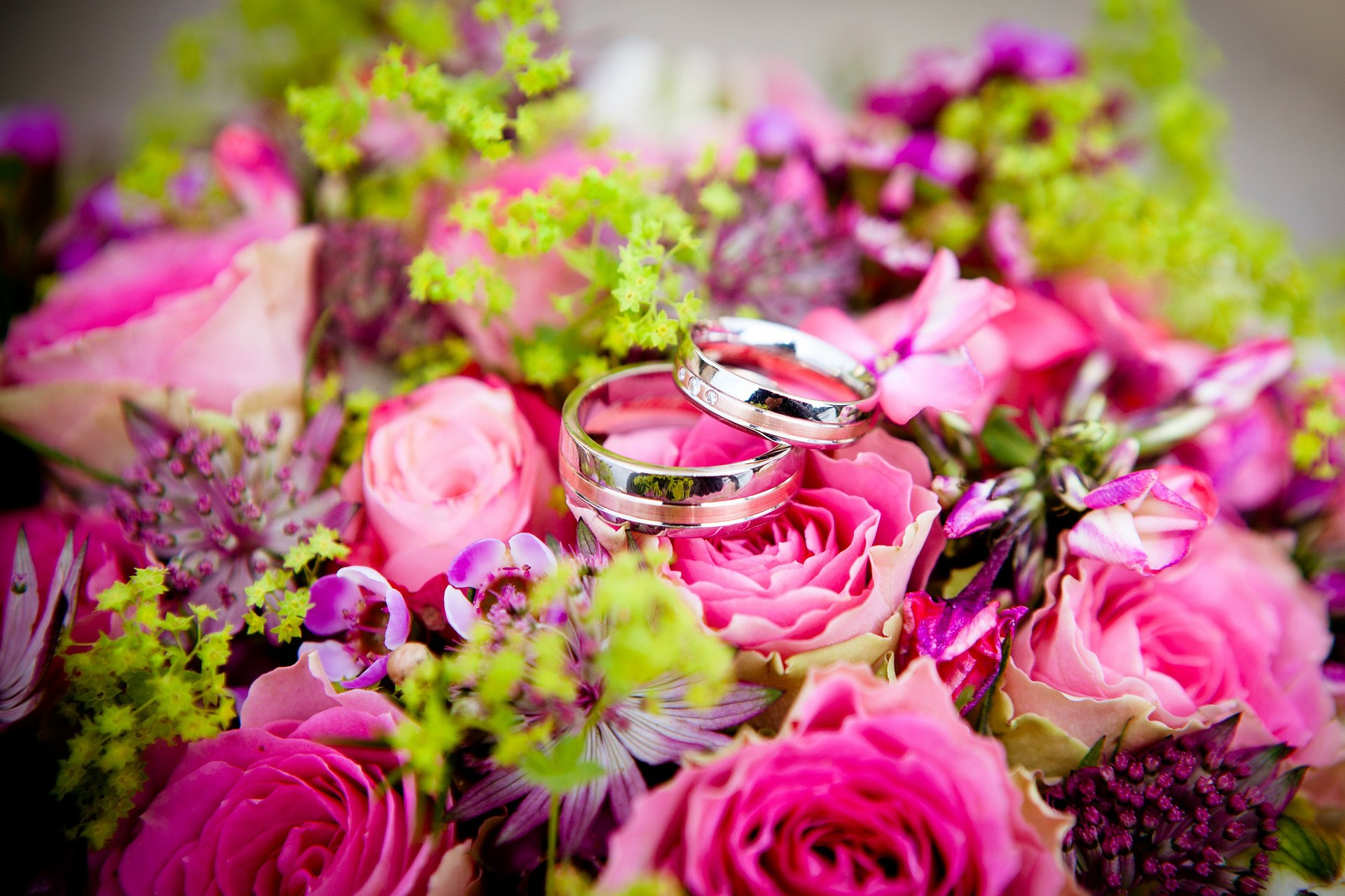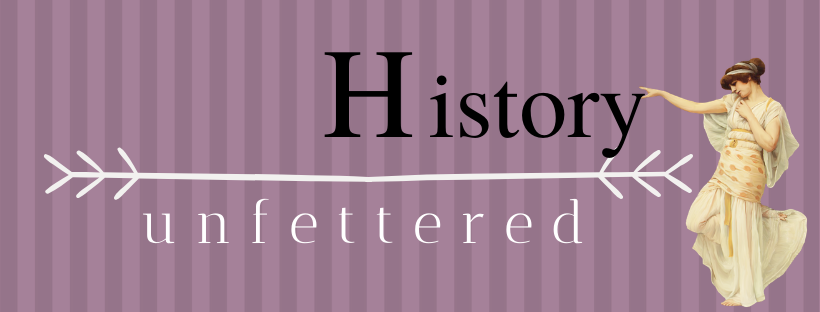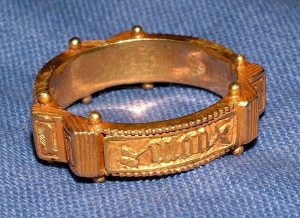Shopping Through History: Wedding Rings

Ah, June. It ‘s a time of singing birds, dancing pollen and loads of money spent on weddings. Of course for there to be a wedding there needs to first be a ring. There are loads of choices, but if you want something really cool, you better ask History.
Option 1 Ancient Egypt: Eco-Friendly and Affordable
About 5000 years ago rings made of braided hemp or reeds were all the rage. However, if you’re over 10 you might not want to go this route. If you do, well, remember I warned you.
Like rings today, the Egyptian gave theirs as a token of love. They saw the circle as a symbol of eternity, never-ending just like their relationship. They also believed slipping one’s finger into the open space in the center was an entranceway into a weird and wonderful world. Hum, that’s exactly how I feel about doughnut holes.
The wealthy Egyptian bride had the honor of slipping her finger into the open space of a gold band. This was a way of the man showing her, and the world, that he had the utmost trust in her and he was sure she wouldn’t squander his assets. You can think of it as a pact between the two that she wouldn’t take monthly trips to the nearest Neiman Marcus—no matter how good the sale.
Option 2 Rome: When the Legal Outweighs the Love
This option is for those who plan to marry more for the tax break. In Ancient Rome, the ring was a sign of a contract, a passing of the woman from the hands of her father to those of her husband. The idea stemmed from the annulus pronubis ring which the Romans used to show something was a done deal. Iron rings were popular at this time, but if the man could afford it he gave two. The ring worn in public would be beautifully made of gold, and the ring used around the house would be iron. As skills, and presumably relationships improved, they came up with the fede ring.
If you’ve seen the popular Irish Claddagh rings you’ve seen a modern version of the Roman fede. Fede rings show two joined hands as a symbol of love, trust, and unity. Marriage, for the Romans, was evolving past a purely contractual union into an affair of the heart. Fede rings are still part of the Italian culture, particularly in the north. So if your soon to be spouse is of Italian origin, you could win some brownie points with this one.
Option 3 Medieval Europe: For That Old World Style
If you’re marrying someone tall, dark, and mysterious you gotta get a gimmel. From the Latin Gemellus, meaning twin, these rings peaked in popularity in the 1600s. Gimmels are actually two interlocking rings that fit together as one. During the engagement period, one side would be given to each partner. Just like the happy couple, the two halves were joined into one at the wedding, forever bound on the bride’s finger.
Gimmel rings got pretty fancy over time. A couple could pick from a variety of gems, colorful enamels, or symbols such as the joined hands of the fede rings. If you’d like a little morbidity on your day of joy, you could follow the tradition of having a memento mori in your ring. Each half has a little hollow; one side contains a carved baby and the other a skeleton. Just a little reminder that no matter what you do, you’re gonna get old and you’re gonna die. You’re welcome.
More of the Romantic Poet Type?
If perhaps morbid gimmels aren’t your style you might consider a posy. From the French word Poesie, the name translates to the “art or composition of poetry”* Perfect for you uber-romantic types, posey rings were inscribed with a short verse of poetry, or a statement of love. Early posies had the inscription carved into the outside, but later rings had the message inside the band. Messages now became more personal, since only the giver and the wearer knew what it said. Not sure what to put inside your ring? Some popular verses used were: Content is a treasure, As God decreed so we agreed, and I cannot show the love I O.
Option 4 Middle East: Insurance Against Infidelity
Not that you would marry someone that would give you cause for suspicion; you know better than that. But, if you happen to be marrying for the reasons in option 2, maybe you should consider a puzzle ring. Legend has it that these rings followed early trade routes from Asia to the Middle East. Largely associated with the Turkish culture, they gained popularity as wedding bands, especially among the chieftains and shieks. Puzzle rings could contain up to 12 separate rings that fit together into one complete ring. If in the husband’s absence the wife tried to play the maiden and go ringless, the whole thing would fall apart. The theory was she would still be frantically trying to put it together on hubby’s return and her guilt would be discovered.
Option 5 Early American: Practicality Over Passion
Puritan women in early America weren’t bogged down by pretty things, no sir. In those days austerity was all the rage. When wedding bells were in her future, a woman was given the pleasure of wearing a thimble. As she waited patiently for the happy day, she could sit and ponder all the joyous mending that lay ahead of her. Once married the thimble would be cut and slipped onto her finger. One thing you can say about our foremothers, they weren’t nothin if they weren’t thrifty.
But what about the Diamonds?
For a long time diamonds were reserved for those whose feet tread in the paths of the royals. Constanzo Sforza presented his bride Camilla d’ Aragona with a diamond in 1475, and Archduke Maximilian betrothed Mary of Burgundy with one in 1477. After that, it became quite the fashion for the Courtly folk. In 1886 Tiffany’s introduced the Tiffany setting, basically, a diamond solitaire held above the ring by 6 prongs. This became the standard for those who wanted to show the purity and depth of their love.
Diamond engagement rings among the working class didn’t really take off in the U.S. until the 1940s. It was then that the DeBeers Consolidated Miners Ltd. started a pretty swanky ad campaign. With a little help from some movie stars and even the Queen of England, the company set out to convince the American male that no love could be true if diamonds weren’t involved. When in 1947 they came out with their “A diamond is forever” campaign America was hooked. Now having conquered the U.S. they moved to Japan. When they arrived practically no one used diamonds for engagements. By 1981 nearly 60 percent of engaged women had diamonds on their fingers. De Beers successfully convinced the world that diamonds were the only way to go. History, of course, knows better . . . and now you do too.
Sources:
http://press.tiffany.com/ViewBackgrounder.aspx?backgrounderId=33
https://www.mygemologist.com/engagement/diamond-engagement-rings-history/
http://www.ultimate-engagement-ring-guide.com/egyptian-engagement-rings.html
http://sharonlathanauthor.com/wp-content/uploads/Sealed-With-a-Ring-slideshow.pdf
* http://freepages.genealogy.rootsweb.ancestry.com/~fordingtondorset/Files/Glossaryposyrings.html










Leave A Comment